Overview
Map
Other Details
كنيسة السيّدة
Bqerqacha
Bcharre
North
كنيسة السيّدة - بقرقاشاالبناء الحاليّ يعود لسنة ١٨١٠، وبالأصل هو ديرٌ قديمٌ مبنيٌّ على اسم مار نوهرا. عندما بنيت الكنيسة الرعائيّة الكبيرة أوائل القرن العشرين، تحوّلت هذه الكنيسة لشفاعة السيّدة. يتألف البناء من عقدٍ مُصالبٍ ينتهي بحنية نصف دائريّة. رمّمت الكنيسة سنة ٢٠١٩. لوحة السيّدة، أيقونةٌ محليّة الصنع غير موقّعة، تعود لمدرسة القرن السادس عشر.The church of our Lady - BqorqashaThe current church dates back to 1810. It was originally dedicated to St Nohra (Logius). When the current parish church was built in the beginning of the XXth century, this church was dedicated to the Virgin Mary. The structure consists of an arched vault with a semi circular apse. The church was restored in 2019. It holds a local icon of the virgin dating back to the XVIth century.
Visited 2261 times, 2 Visits today
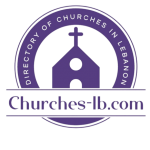
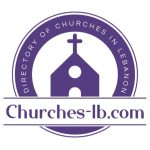

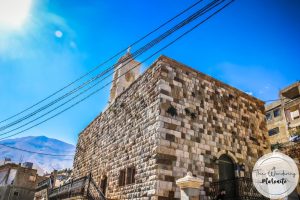
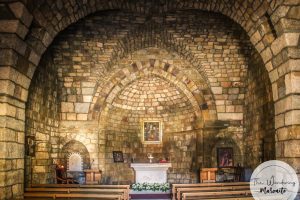
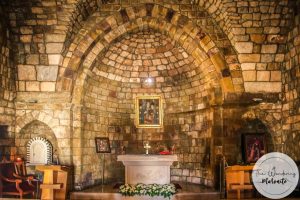
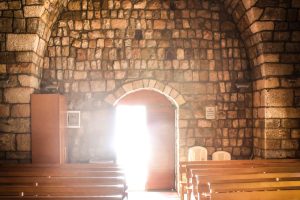
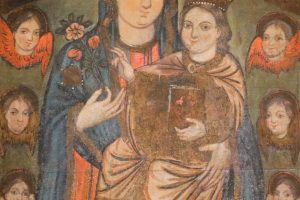














Reviews are disabled, but trackbacks and pingbacks are open.